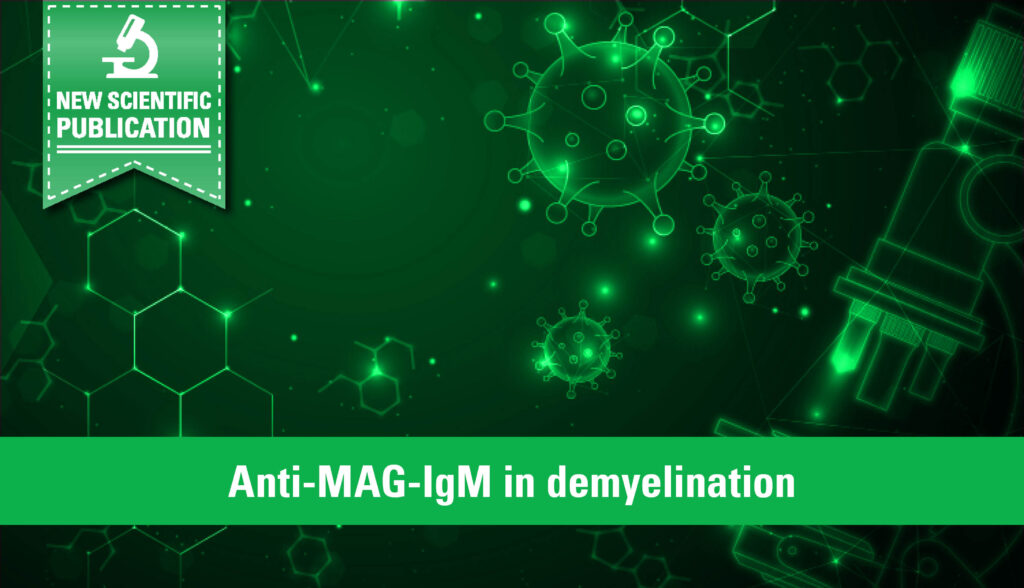The skin is considered the largest and most versatile organ of the human organism. It hinders pathogens and harmful substances from entering the body, protects our interior from mechanical injuries or hazardous radiation and prevents the body from loosing too much liquid or too many electrolytes. At the same time it regulates the body temperature, protects us against hypothermia with hair growth and against overheating by producing sweat in its embedded perspiratory glands. The skin is also a very sensitive sensory organ that registers diverse stimuli coming from the environment and forwards them to the nervous system.
But this very function as a buffer organ between the interior of the body and the environment also results in a high receptiveness for harmful influences from both the inside and the outside. Sick skin can generally be easily identified because it looks different from normal, healthy skin. Blisters, for instance, are a sure sign of skin damage.
In so-called bullous or blistering autoimmune dermatoses the blisters do not result from shoes that are too tight or from skin burns. They are caused by the persons own, misguided immune system producing antibodies against the proteins in the skin. These proteins are responsible for holding the cells and different layers of the skin together. If they are attacked by the immune system, however, these cell compounds dissolve and blisters appear on the skin and/or the mucous membranes. Autoimmune dermatoses are rare but severe skin diseases that affect up to 20 out of 1,000,000 inhabitants in Germany every year, depending on the form of disease.
Pemphigus
In pemphigus the bond between the cells of the upper skin layer (epidermis) dissolves as a result of the immune reaction. The antibodies of the body are directed against the proteins desmoglein 1 and/or 3, which are important components of the cell bonding. In consequence, flaccid blisters filled with fluid form on the surface of the skin. These burst easily, leading to extensive weeping and painful wounds (erosions). In pemphigus foliaceus only the body skin is affected, whereas in pemphigus vulgaris also the mucous membranes, especially the sensitive mouth mucosa, are blistering. In paraneoplastic pemphigus the characteristic skin changes are associated with underlying tumour. This specific form of pemphigus can be indicated by the presence of antibodies against the protein family of plakins.
It is characteristic for pemphigus diseases that the formation of blisters can be provoked by slightly rubbing together the skin layers of apparently healthy skin (Nikolsky sign I). Final diagnosis is made by microscopic examination of a skin sample and the detection of the corresponding antibodies in the patient’s blood.
Pemphigoid diseases
Beside pemphigus, pemphigoid diseases are the second largest group of blistering autoimmune dermatoses. Here, antibodies are directed against the proteins that “glue” the epidermis to the underlying skin layer (dermis). As a result of the immune response, the skin layers become separated from each other.
In bullous pemphigoid (BP), which is the most frequent form of autoimmune dermatoses, tense blisters appear on the often irritated and itching skin. The mucous membranes are rarely involved. The diagnosis of BP is based on the microscopic examination of skin samples in addition to the clinical picture. Blood samples should be taken as well, since BP patients almost always exhibit antibodies against at least one of the proteins BP180 and BP230. In mucous pemphigoid, as the name implies, mainly the mucous membranes are affected. In addition to antibodies against BP180, these patients often show antibodies against another protein, laminin 332.
Epidermolysis bullosa acquisita (EBA)
EBA also belongs to bullous autoimmune dermatoses and has a similar clinical picture to BP. Instead of autoantibodies against BP180 or BP230, however, the disease is characterised by antibodies against collagen type VII. Collagen type VII is the main component of the so-called anchoring fibrils in the basal membrane, to which the epidermis is fixed. An immune response to the anchoring fibrils therefore also leads to the dissolution of the epidermis.





